Summary of 2022 in the hemp industry
min. reading
We said goodbye to 2022, and it may have been one of the most challenging years to date for the hemp industry, as many companies in the market have found out. However, it was also a year of many changes, both in Poland and around the world, which directly affect the development of the hemp business. We kept you informed about the most important ones. We have prepared for you a summary of 2022 in the hemp industry. Check out what happened last year!
Table of Contents
January 2022
In January, we reported on some cannabis news. The first cannabis news was that Malta has become the first country in Europe to agree to formally legalize the use and cultivation of marijuana for recreational purposes! Under the new law, anyone over the age of 18 can now possess up to 7 grams of marijuana and grow up to 4 plants for personal use. In turn, up to 50 grams of marijuana can be stored in a Maltese home. Non-profit organizations have also been established that can distribute and grow cannabis, free of charge, for their charges.
For exceeding the per capita limits, a Maltese citizen will get fines: from €50 to €100, but does not face imprisonment. Minors caught with cannabis are taken under the wing of a “care plan,” rather than going to jail. The said organizations can have up to 500 members, and each member can get up to 50 grams of marijuana per month. In addition, they can also get up to 20 cannabis seeds per month for their own cultivation.
January also saw research-confirmed information that cannabinoids have an effect on viruses, including the most media-savvy virus, sars-cov-2! The study was published by the Journal of Natural Products. We can read there that CBDA, or cannabidiolic acid, makes the virus unable to enter a human cell. Such acidic forms of cannabinoids can be found in full spectrum oils and broad spectrum oils.
The first month of 2022 was also spent discussing whether cannabis is a so-called novel food, or new food. Novel food is food that was only introduced after 1997, and before that there was no history of consumption. And this is how two institutions have treated hemp herb: WSA and GIS. Nevertheless, the Supreme Administrative Court challenged this treatment of hemp, showing that hemp in many forms was consumed before 1997. Also in the form of the herb, not just flour or seeds.
Another January news item was the news that pharmaceutical giant Pfizer wants to tackle cannabinoid-based drugs!
The company wanted to buy out Arena Pharmaceuticals, which researches and develops cannabinoid-based drugs for patients struggling with digestive diseases that cause patients pain.
February 2022
In February, the UK government began trying to regulate the market for cannabis products. The headline news was that it had set the limit for THC per serving at 50 µg, or 0.05 mg. This was set by the Advisory Council on the Misuse of Drugs (ACMD). In addition, several observations were announced to help regulate the market:
- Extraction of controlled phytocannabinoids from consumer CBD products is unlikely to be a viable way to obtain these drugs for illegal use.
- Specific limits should be set on the content of ∆9-THC and its precursor ∆9-THCA (i.e., ∆9-THCA-A and ∆9-THCA-B) in consumer CBD products.
- Consumer plant-derived CBD products would not contain sufficient amounts of controlled phytocannabinoids (other than ∆9-THC) or their precursors to cause any pronounced psychoactive effects unless they were added to the product (i.e., artificially enriched). To prevent this, a limit should be set for all controlled phytocannabinoids in consumer CBD products.
- A dose limit for total ∆9-THC (∆9-THC plus ∆9-THCA) should be set for all controlled phytocannabinoids in consumer CBD products.
- The dose limit for total ∆9-THC (∆9-THC plus ∆9-THCA) should be 50 micrograms (µg) per unit of consumption (where a unit of consumption or “single serving” is a typical amount of CBD product consumed at one time).
- At the recommended levels, the controlled phytocannabinoids present in CBD products are very unlikely to cause any harmful effects.
- Setting a single concentration limit that applies to all consumer CBD products would not be appropriate.
- Further research is needed to confirm whether conversion of CBD to ∆9-THC by extreme heating can occur and to assess its relevance to CBD vaporization processes.
- Currently, methods for extraction, separation and quantification of controlled phytocannabinoids in consumer CBD products are not robust enough in terms of sensitivity, accuracy and reproducibility.
- Conformity assessment laboratories should be accredited according to the ISO standard, and manufacturers should use laboratories with this accreditation to conduct quality assessment tests.
Another news item has arrived straight from France. At the end of 2021, France announced that hemp extracts can be made from the whole plant, not just the seeds. It also changed the THC limit in these extracts to 0.3%. Despite this, the French are still not allowed to possess the flowers or leaves for their own use – only producers have this right.
In Italy, activists gathered enough signatures in February to hold a vote on marijuana cultivation. At this point in Italy, cannabis cultivation is illegal and punishable by imprisonment. The referendum could really change a lot in Italy. In addition, activists wanted every citizen of legal age to be able to grow marijuana for personal use: up to 4 bushels per person.
We also received news straight from Belgium in February. There, they started treating CBD flower as a tobacco product, and selling it as such. This was aimed at regulating the hemp market in the country. Previously, CBD flowers were treated as a “non-consumable product,” even though it was known that Belgians buy them for vaporization or smoking. Belgium has set its sights on dropping the bans and changed the law. It is still impossible to talk about these products as if they have any positive properties for the human body, but it has definitely helped reap legal benefits from their sale and regulated the gray market.
On the other hand, sad news came from France in February 2022. The sale of dried CBD was banned there completely! However, just 24 hours after the ban was announced, work began on reversing it. Finally, the Supreme Court suspended the ban. All this happened because France was trying to show itself to be completely against drugs – even though CBD dried does not belong to them at all. However, they were prompted to do so by the very name “hemp.”
In February, we also had news for you straight from the Polish Sejm, namely we gave you information about two bills of the KUKIZ15 party:
- the first concerns the cultivation of fiber hemp – the bill is about supporting the development of poppy and fiber hemp cultivation, while taking into account the overarching goal of counteracting drug abuse
- the second relates to the cultivation of medical marijuana in Poland – the bill concerns the regulation of the cultivation and harvesting of hemp other than fibrous hemp for the purpose of obtaining pharmaceutical raw material.
March 2022
In March, new regulations went into effect regarding the THC content of food products with THC. The maximum level of this phytonutrient, according to the new regulations, can be 3.0 mg per kilogram of dry products such as flour, seeds and snacks. For hemp seed oil, on the other hand, this level is set at 7.5 mg per kilogram of raw material. These are changes at the EU level. They were officially set on March 14, 2022. Until now, THC content in these products was not regulated, and any amount of this cannabinoid in such products was penalized.
April 2022
In April we let you know that until recently… medical marijuana was still treated by law as a drug! However, this has finally changed in 2022. Minister of Health Adam Niedzielski, through a decree, changed the classification of marijuana, removing it from the list of Group IV – N narcotics. This group includes various high-risk substances that have no medicinal use.
The group that previously included marijuana included heroin, for example. This group also included substances that can only be used to officially treat animals or used for scientific research.
May 2022
In May, we once again took on hemp vs. novel foods. And once again it was proven that the Directory of Novel Foods is not a legally binding document because it does not contain a complete list. It is only a guideline. We also reported that hemp has a green V symbol, and its description says that it can be grown as long as it is registered in the “Common Catalog of Varieties of Agricultural Plant Species.” And the THC content is no higher than 0.2%.
This is another unequivocal ruling that says that cannabis seeds, as a whole plant, are not novel food, meaning they have a history of consumption before May 15, 1997! Thus, they can be used in products for consumption.
June 2022
June passed under the slogan “hemp for everyone!” Well, maybe not for everyone… And certainly not for a Pole… But one million free hemp seedlings were to reach the Thai people! The Minister of Health there announced that anyone can grow hemp for their own use (after first registering it with the relevant departments, indicating that they are doing so for medicinal purposes). He also announced the legalization of the trade for those who hold a license. These changes were driven by the desire to make money from hemp. The country saw in cannabis a powerful potential with which to fuel the country’s budget. 10 billion baht per year to be exact, or about 1.250 billion zlotys!
August 2022
August 12 was published in the Official Journal of the European Union! Commission Regulation (EU) 2022/1393 of August 11, 2022 amends Regulation (EC) No. 1881/2006 with regard to the maximum levels of delta-9-tetrahydrocannabinol (Δ9 -THC). Previously, the regulations were quite vague on the subject. Currently, hard limits have been set for the presence of THC in the following products:
- Hemp seeds – 3.0 mg/kg
- Ground hemp seeds, (partially) defatted hemp seeds and other processed/processed products made from hemp seeds, except hemp seed oil – 3.0 mg/kg
- Hemp seed oil – 7.5 mg/kg
These food products placed on sale and on the market before Jan. 1, 2023 can remain on the market unless their expiration date has passed!
In August, the law finally began to recognize and regulate hemp products!

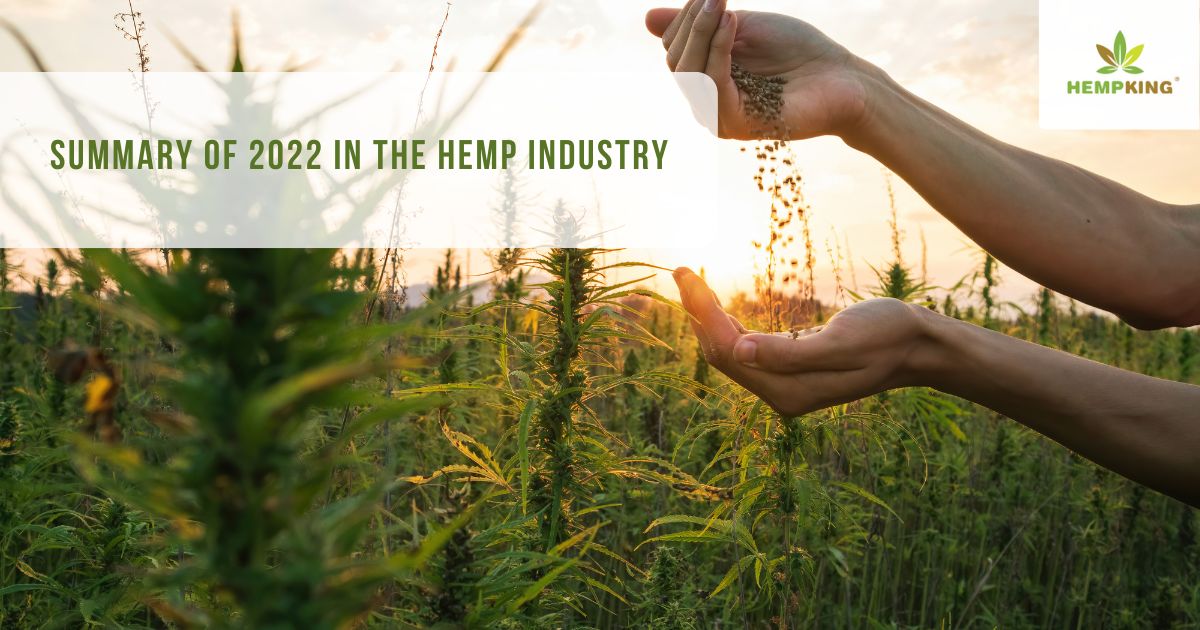
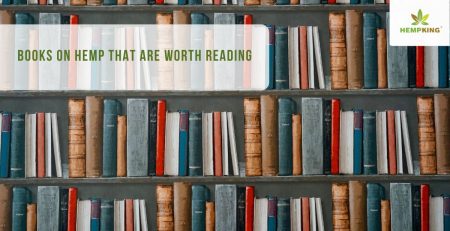

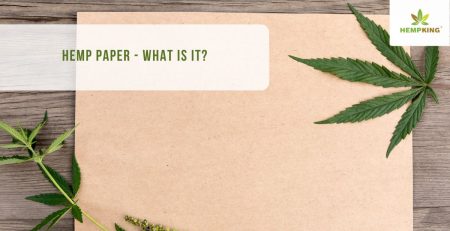

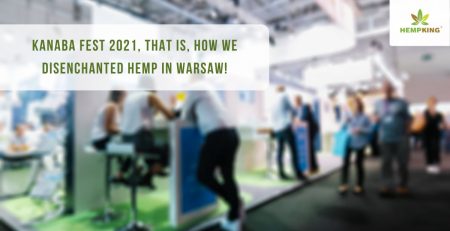
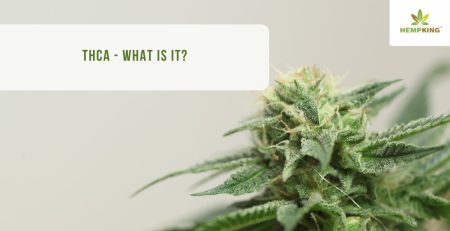
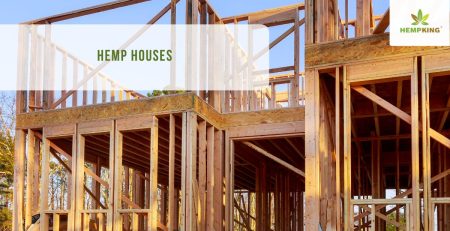
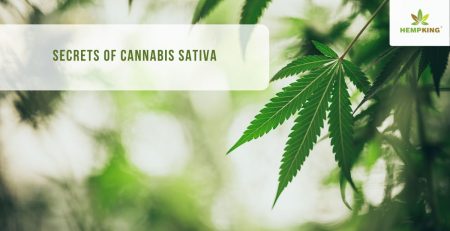

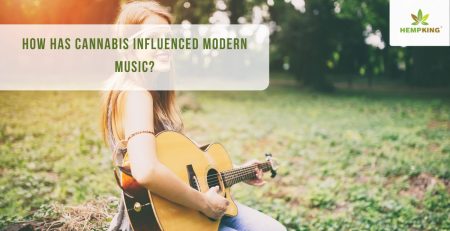

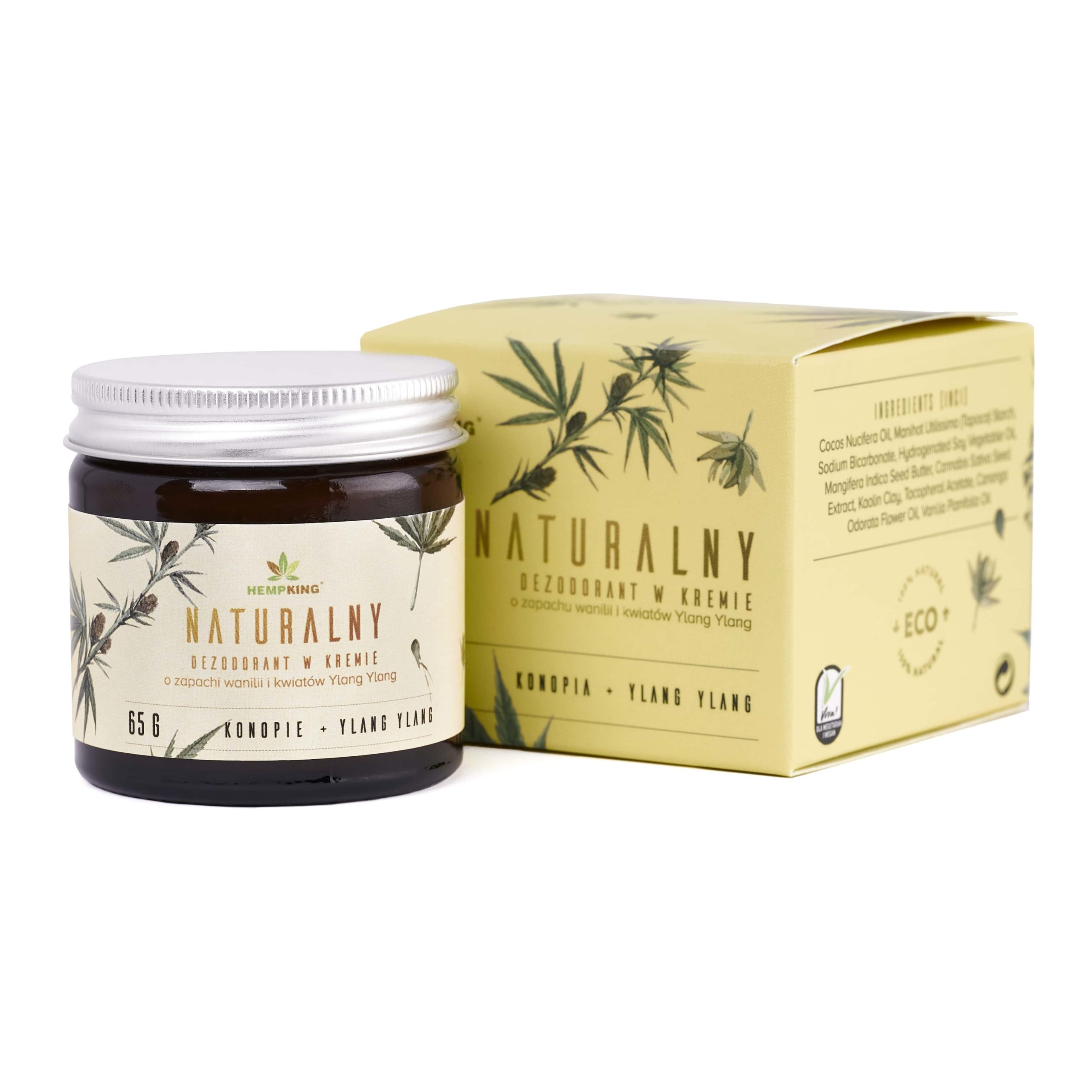
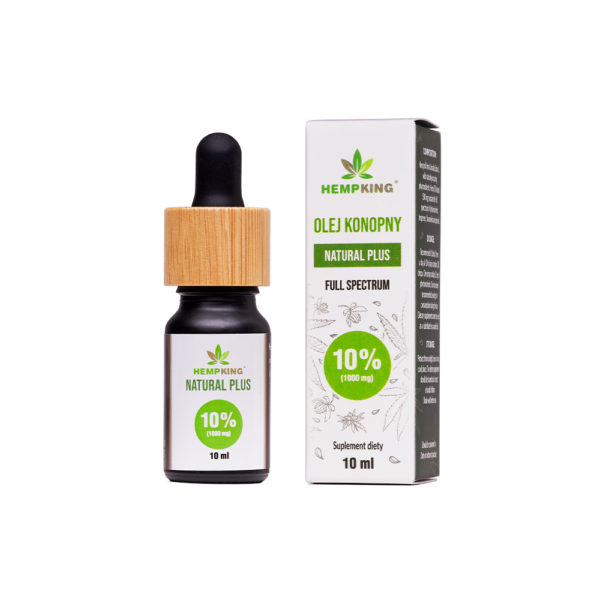
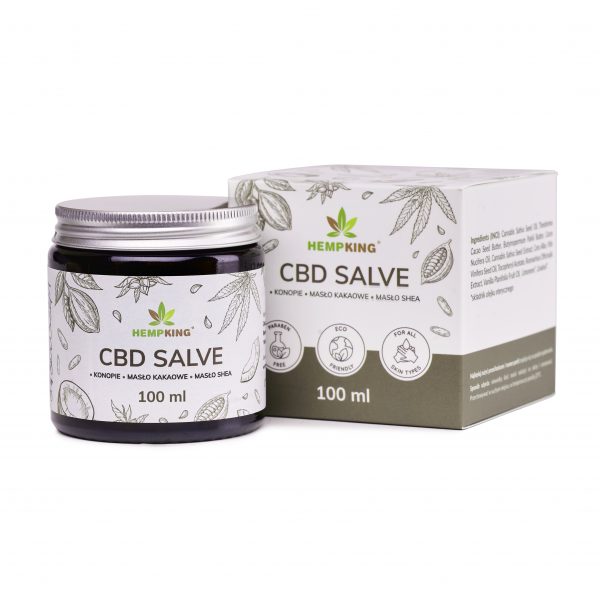
 Facebook
Facebook Instagram
Instagram

Leave a Reply